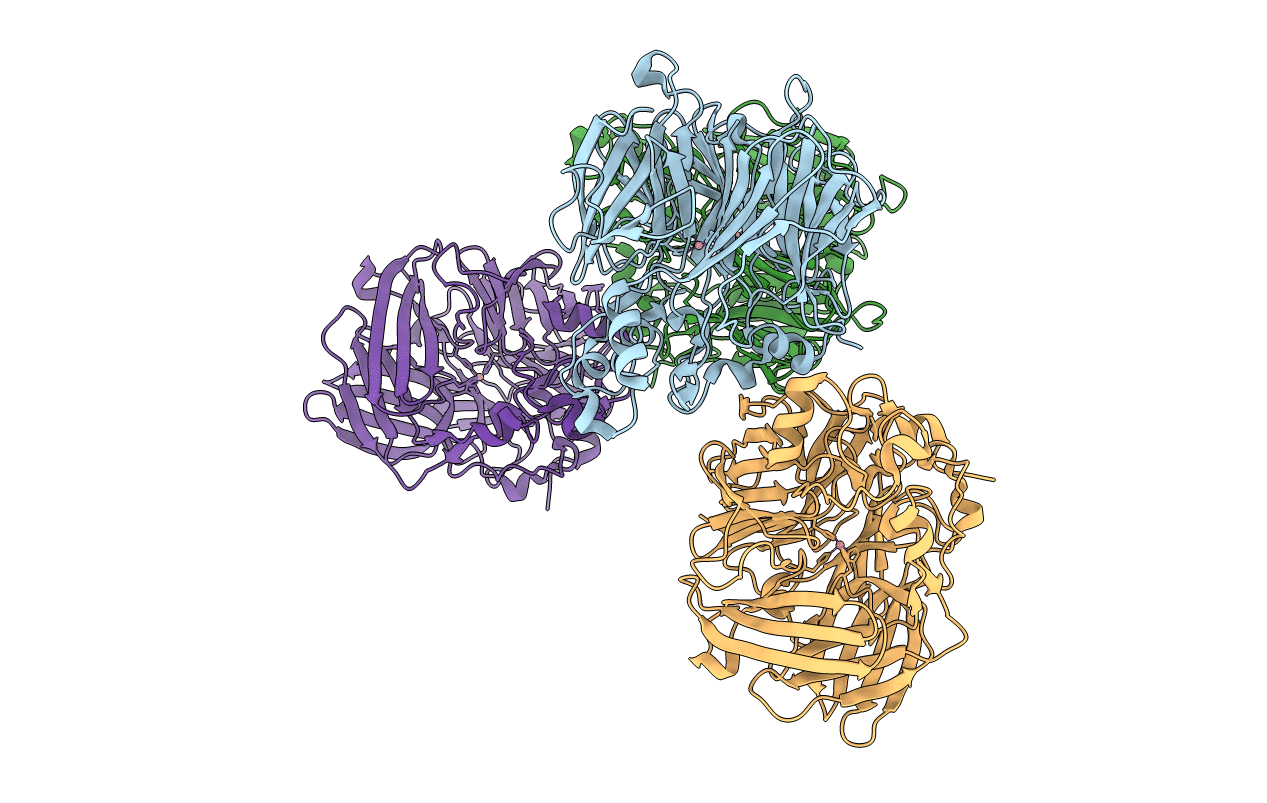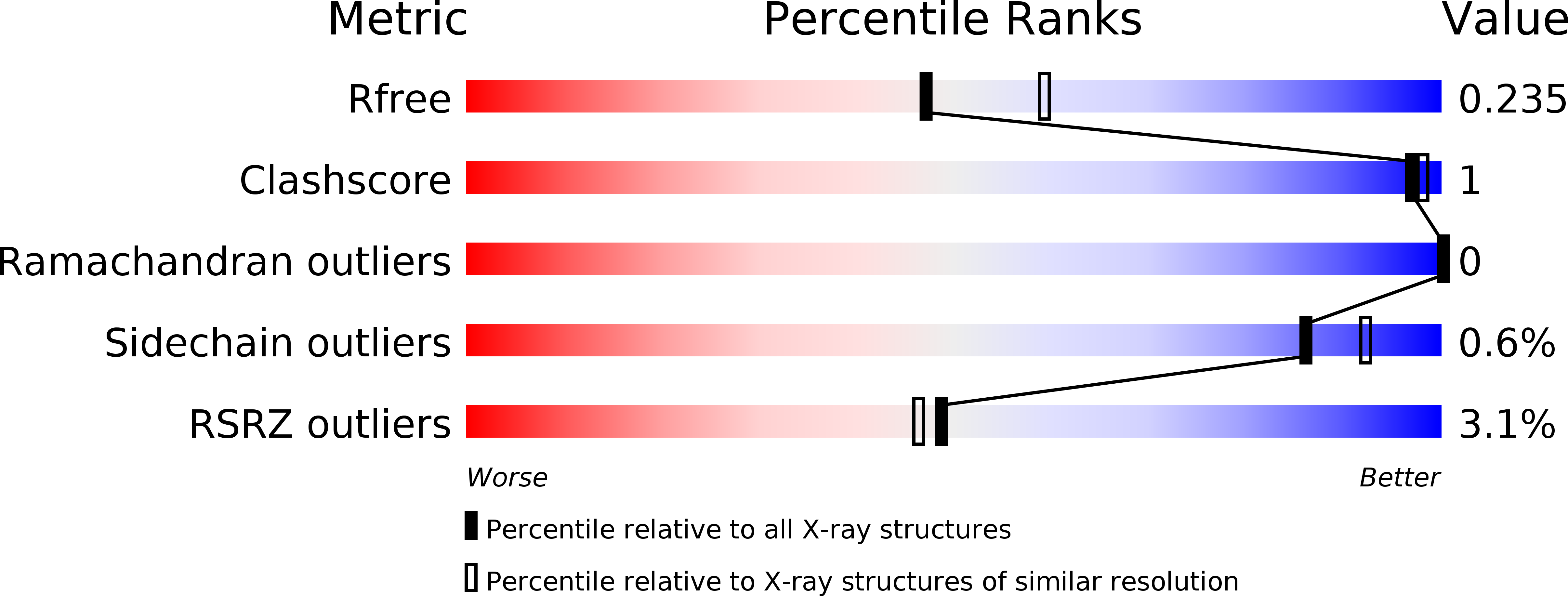
Deposition Date
2017-11-02
Release Date
2018-07-04
Last Version Date
2023-10-04
Entry Detail
PDB ID:
6BIG
Keywords:
Title:
Crystal structure of cobalt-substituted Synechocystis ACO
Biological Source:
Source Organism:
Synechocystis sp. (strain PCC 6803 / Kazusa) (Taxon ID: 1111708)
Host Organism:
Method Details:
Experimental Method:
Resolution:
2.21 Å
R-Value Free:
0.22
R-Value Work:
0.20
R-Value Observed:
0.20
Space Group:
P 21 21 21


